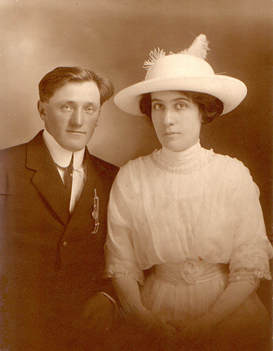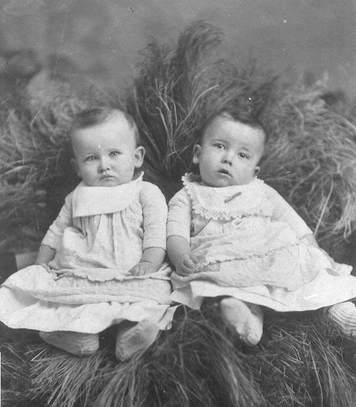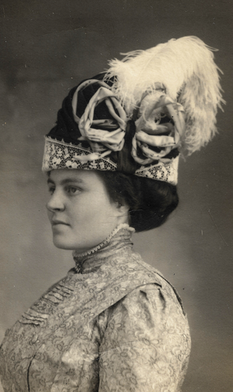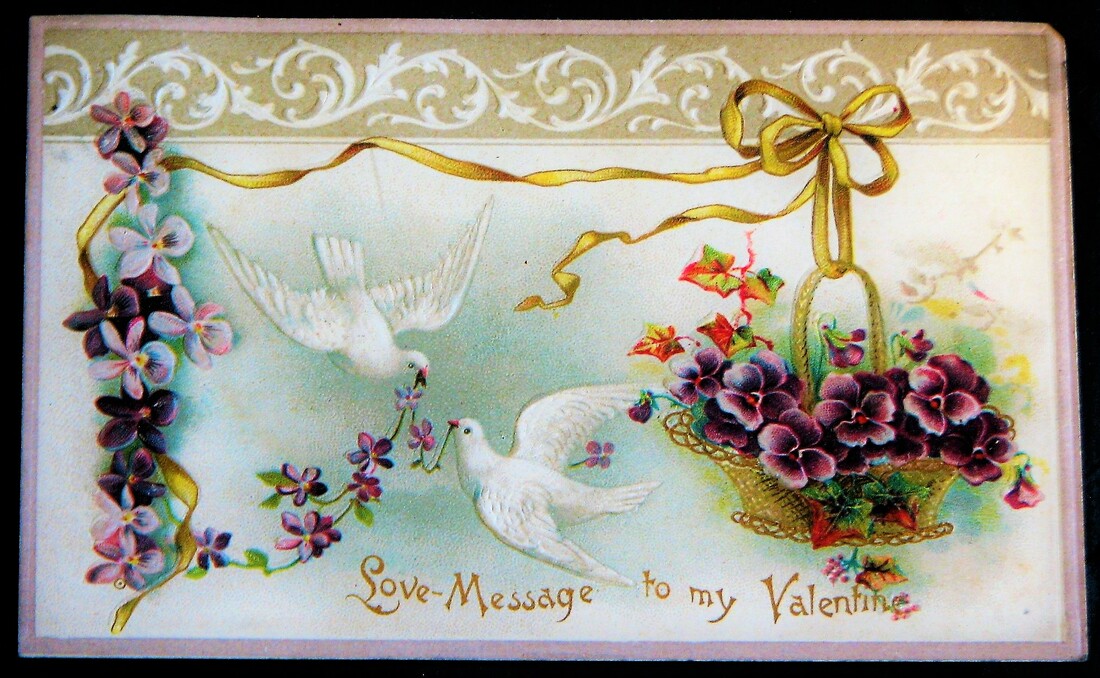|
Happy Valentine’s! I hope you have spent some time with your loved ones. With this holiday of love, as genealogists our thoughts turn marriage records. After all what could be better than flowers for a genealogist than finding new data about our family! Using marriage records can help us trace our ancestors, especially as it relates to our female line. There are not many legal documents that provide the wife’s name, maiden name and parents. Even obituaries may refer to her as Mrs. Jones, not Mary Jones. As you write your family’s history, you’ll find that marriage records can be helpful to track down dates, names and relationships. Let’s look. Like many records, marriage records can vary from state to state, from country to country and from church to civil. The key is to pursue all sources of a marriage to get the complete picture. Most contain the basic information:
Groom Bride Date Official Location Witnesses Others provide the ages of the bride and groom to prove they are “of age” to marry based on the legal requirements. Sometimes if you’re very lucky, the parents of the bride and groom are listed. (And doesn’t it seem as if your most elusive ancestors do not include this key information? Or is it just mine?!) Information like this is gold in genealogy because it is a primary source of information from the people who were there. I’ve seen some records that also note the relationship of the witnesses to the bride and groom. It is extremely helpful to learn that the best man was the groom’s cousin or brother or friend. Perhaps you have a picture of the bridal party but never knew who the attendants were. The marriage record may hold the key. Marriage records can be found in a variety of locations depending on where and when the marriage took place. Moving from the 19th to the 20th century, the readability of the records and the amount of information provided seems to improve. Church Records As more church records become available online, you now have access to records that were not readily found or required an onsite visit. I have found that both Ancestry.com and FamilySearch.org have expanded the number of records online. If you cannot find the records online, contacting the local church directly or the diocese or church Archives are also options. Depending on the church, you may or may not be allowed to search the records but pay an archivist. When I plan an onsite research trip, I contact them in advance to arrange a time to look at the records. I found most have allowed me to search the older records, but any copies made had to cover up the other records on a given page. Or I have found some who won’t allow that but will type up all the information on a form. Sigh. Not as preferred as an exact copy of the original. It’s not ideal but as genealogist we need to respect the rules and requirements of these institutions. If you have started to search outside of the United States, you will find more information than ever available online. I have been digging into the Irish Parish records that have been published on Ancestry. And as I mentioned in a prior blog, the Luxembourg Civil and Parish records are available on FamilySearch.org. Civil Records In addition to the records that the parish priest or pastor created regarding a marriage, the marriage license and record are filed as legal documents with the county and state. The state archives of North Dakota have an index of marriage records across the state. Copies of the actual documents are being published on Ancestry.com. Not all counties are published but the plan is to make all of them available. Newspapers Early newspaper accounts may be scarce depending on your ancestor’s location. However, as it became more common to publish marriage information, they sometimes treated us to detailed descriptions of the bride’s gowns, the reception location and plans for the honeymoon trip. We can almost feel like we were there. And where else could we find this information? I’ve seen wedding details in articles published as early as the 1910s. As we head into the 40s and 50s, we see additional information—especially in the local small-town papers. Weddings were social events with a large portion of the community attending or knowing the couple in the small farm communities. I even found a short notice about a bridal shower held for an ancestor in 1913. Local Histories Remember to look at local histories. Sometimes you can find a tidbit about the couple based on a biography included. Perhaps they got married during a blizzard or some other event was included that will add interest to your family history. Decorative Marriage Certificates In the early years it wasn’t uncommon for the couple to have a beautiful marriage record that was signed by the officiant, the couple and their witnesses. Perhaps you’re fortunate and have one of these. Remember to review the information and make a copy to share in your family story. Besides being lovely works of art, seeing your ancestor’s actual signature is priceless. Resources – a few to get you started. State Historical Society of North Dakota – Marriage Archives. Ancestry.com has the North Dakota marriages online. They are slowly completing all the counties. If you don’t find yours on Ancestry.com but find it in the index, you can order a copy of the marriage record for a fee from the State Historical Society of North Dakota. South Dakota State Archives – Copies of Marriage records can be requested from the South Dakota State Vital Records Department. Ancestry.com also has these records online. Minnesota Historical Society –Provides information regarding what records are available at the Minnesota Historical Society. Also check: Submit a marriage record request online to purchase marriage records from MNHS. You can search by the county and name and you can see the marriage date and bride & groom. You can order a copy right from this site. Canada You can find marriage records at familysearch.org here. Other sites like Ancestry, FindMyPast, and MyHeritage also contain marriage records. Take some time to look around at these sites. Not every locale or timeline is present but if you don’t look, you won’t know. MyHeritage.com is providing free access to marriage records the week of Valentine’s. Here’s their blog providing the details and links. (It ends February 17th according to the blog.) Are you excited to get started? Think about what information you are looking for? Are you trying to find a maiden name for the bride’s mother or figure out people in the bridal party? By planning and using the latest resources you’ll be able to use marriage records to enhance your family history story. As you continue to work on your history, expanding beyond your immediate ancestors to siblings may help you track down the missing name of a parent or sibling. Good luck on your search for records of love and marriage.
0 Comments
Leave a Reply. |
AuthorWith a lifelong passion for genealogy and history, the author enjoys the opportunity to share genealogy tidbits, inspiring others to research and write their family story. Archives
July 2024
Categories |




 RSS Feed
RSS Feed